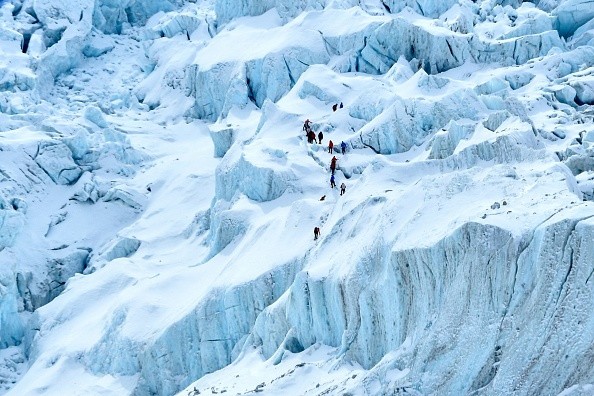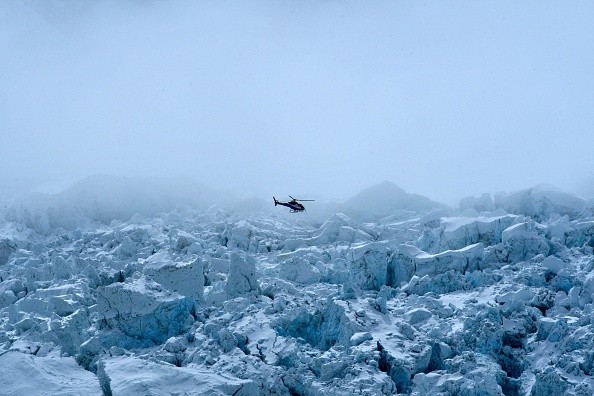The ancient pathogens are not likely to harm humans, but out of the 33 viruses discovered, 28 are new to science, said researchers.

Ice Core Samples
Isaac Schultz reported for Gizmodo that ice core samples gotten from a Tibetan glacier have produced a collection of viruses and other microbes that are nearly 15,000 years old.
As per the study describing these microbes, released the previous week in the journal Microbiome, many of the viruses are not like the ones known to researchers today.
Study author Zhi-Ping Zhong, a microbiologist at Ohio State University, said in a statement: "These glaciers were formed gradually, and along with dust and gases, many, many viruses were also deposited in that ice. The glaciers in western China are not well-studied, and our goal is to use this information to reflect past environments. And viruses are a part of those environments."
Guliya Ice Cap
The glacier that is been spoken about is referred to as the Guliya ice cap and researchers gathered their ice cores in 2015 from its 22,000-foot peak. Previous studies looking for age-old microbial communities in ice have been afflicted by contamination for a similar reason that the microbes can be discovered in the ice: they're all over.
This study made use of a new strategy to prevent contamination, this has to do with taking out the outer layer of ice from every core and then cleaning it in a mixture of water and rubbing alcohol to disinfect the surface, Maddie Bender reported for Vice in early 2020, when a pre-print form of the paper was released on BioRxiv prior to the peer-review process.
"The biomass is so low that anything you contaminate it with on the outside is going to be at much higher concentrations than anything on the inside of the ice core," Scott O. Rogers, a molecular biologist at Bowling Green State University who was not involved in the study, tells Vice. "The decontamination issues are extremely important; otherwise, you're going to just get garbage."

The Analysis
When the researchers carried out an analysis on the 1,017-foot-deep ice cores, they discovered genetic material from 33 distinct viruses that had remained frozen for almost 15,000 years, 28 out of the 33 were new to science, Jack Guy reports for CNN.
Study author Matthew Sullivan, a microbiologist at Ohio State University, told Gizmodo that the way they work with these cores, the chemistry of nucleic acids extraction instantly kills the viruses, so the viruses are not active.
But climate change is liquefying glaciers and thawing permafrost, which has the possibility of releasing active viruses that haven't spread on Earth in thousands of years. Rogers and other scientists propose that this presents the actual and dangerous potential that one of these thawed pathogens might transmit infection to humans and cause harm.
Related Article : How Black Widow's DNA Was Found in New Virus
For more news, updates about viruses and similar topics don't forget to follow Nature World News!
© 2025 NatureWorldNews.com All rights reserved. Do not reproduce without permission.





